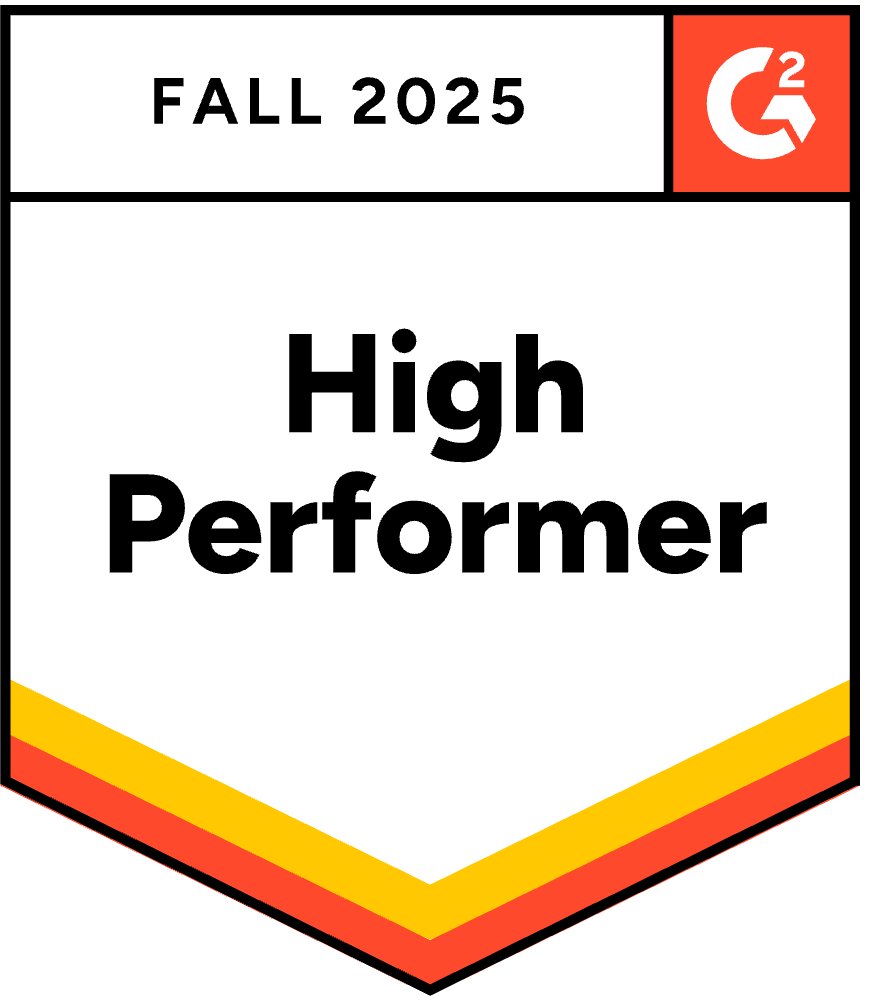Using RAG and Vectors to Streamline RFPs
October 23, 2024
By
Sagee Moyal

Why RAG and Vector Databases Are the Future of RFPs and Sales Enablement
In the world of RFPs (Requests for Proposals) and modern sales enablement, having access to the most accurate, up-to-date information is not just helpful — it’s essential. Traditional tools such as Q&A databases, shared document drives, or even generic generative AI platforms like ChatGPT often fall short when tasked with delivering precise, contextual knowledge that sales teams can confidently rely on.
That’s where Retrieval-Augmented Generation (RAG) and deterministic vector databases come into play. These advanced technologies are transforming the way organizations handle RFP automation, knowledge sharing, and proposal accuracy. By combining dynamic retrieval with context-aware AI, sales teams are empowered with the exact information they need — faster and more reliably than ever before.
1. RFPs Create the Most Relevant, Timely Knowledge
One of the most overlooked facts about RFPs is that they often represent the most current, accurate, and detailed information about your product or service. Each RFP response contains valuable knowledge about pricing, compliance, features, and competitive positioning. Yet in many organizations, once an RFP is submitted, that data is filed away in siloed systems like SharePoint folders, Google Drives, or outdated Q&A libraries.
With HeyIris.ai, that cycle changes. Our AI-powered platform uses the “last-mile” data from every RFP submission to continuously update your knowledge base. This means that instead of losing valuable insights, reps are always armed with the freshest, contextually relevant knowledge for every sales conversation, demo, or follow-up.
By leveraging RFP data this way, companies turn what used to be static, one-off responses into a dynamic sales enablement engine that scales knowledge across the organization.
2. Contextual Accuracy with RAG
Traditional generative AI tools like ChatGPT or off-the-shelf proposal assistants can sometimes produce answers that are too broad, vague, or even factually incorrect. While they may sound good, they lack the contextual accuracy that sales and proposal teams need when responding to complex, high-stakes questions in RFPs or security questionnaires.
That’s why RAG-driven systems are different. Instead of generating responses from a generic model alone, RAG combines retrieval from a deterministic vector database with natural language generation, ensuring that the AI response is backed by real, verified knowledge.
Vector databases go beyond keyword search. They understand semantic meaning and context, making it possible to retrieve the most relevant data for a specific query. For example, when a prospect asks a nuanced question about compliance or product functionality, RAG ensures the system pulls the right, context-aware information rather than relying on static Q&A pairs or outdated drives.
This approach gives sales teams the confidence that their responses are not only fast, but also accurate, reliable, and tailored to the buyer’s needs.
3. Consistent, Reliable Knowledge Across the Organization
One of the biggest challenges in sales enablement is ensuring that everyone on the team has access to the same, consistent source of truth. Too often, reps rely on:
- Old training manuals that no longer reflect product updates.
- Scattered documentation hidden in drives.
- Institutional knowledge that only lives in the heads of a few SMEs.
This creates inconsistencies in RFP responses, security questionnaires, and even in everyday sales conversations.
By contrast, deterministic vector databases provide a single, continuously updated knowledge layer. Instead of fragmented content sources, teams can rely on an always-accurate foundation of data that evolves with every RFP submission, product update, or market change.
The result: consistent messaging, improved compliance, and higher-quality proposals across the board. Sales reps, proposal managers, and solution engineers all stay aligned — ensuring that your organization puts its best foot forward with every buyer interaction.
Why Iris Built Its AI Engine on Vector Databases
At HeyIris.ai, we recognized early that answering RFPs, DDQs, VRAs, and other buyer questionnaires requires nuance, accuracy, and adaptability. That’s why we built our AI RFP automation engine on top of vector search and Retrieval-Augmented Generation (RAG).
With this approach, Iris enables teams to:
- Generate context-aware responses backed by verified knowledge.
- Deliver unique, tailored answers that resonate with evaluators.
- Eliminate repetitive, boilerplate content.
- Scale proposal efficiency without sacrificing accuracy.
Instead of relying on generic AI or outdated document drives, Iris ensures that your responses are dynamic, consistent, and strategically aligned with each buyer’s needs.
Conclusion: The Future of RFP Automation Is AI + Vector Search
When it comes to managing security questionnaires, RFP responses, and sales enablement, the limitations of traditional tools are clear. Static Q&A libraries, old drives, and even generic AI assistants simply can’t keep pace with the demands of modern buyers.
By adopting vector databases and RAG-powered proposal software, companies gain a scalable, consistent, and accurate solution for every stage of the sales cycle. With Iris, your proposal process stops being a bottleneck and becomes a competitive advantage.
If you’re ready to transform your sales enablement strategy, streamline RFP responses, and keep your team aligned with the most accurate knowledge possible, it’s time to explore AI-driven RFP automation with Iris.
👉 Visit heyiris.ai to learn more.
Share this post
Link copied!



















